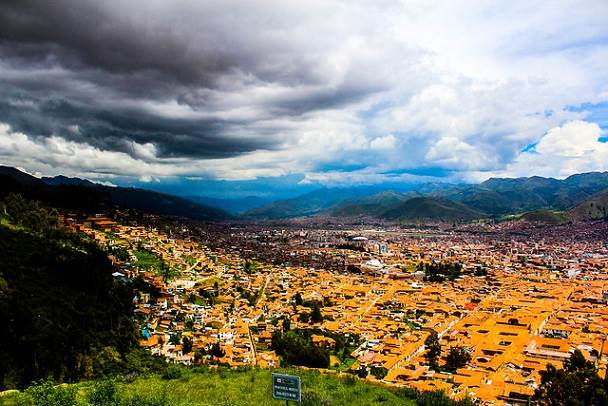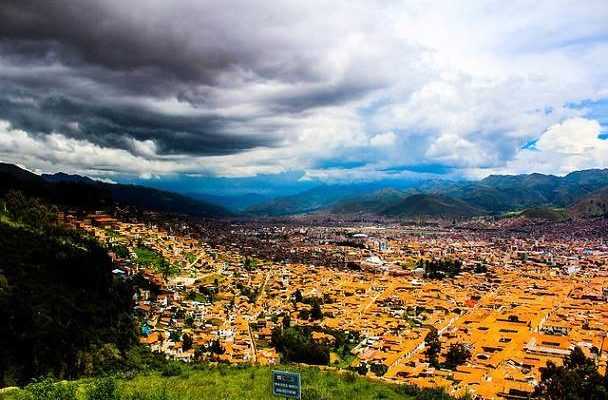Located at nearly 11,000 feet, a visit to the city of Cusco is likely to induce a physical response to the altitude in almost everyone. Those affected might feel a range of symptoms from shortness of breath to a pounding headache to serious altitude sickness. In the case of serious altitude sickness, the only recourse is to descend immediately. The good news is that most people are able to weather a visit to Cusco just fine.
That said, wouldn’t it be better to just bypass Cusco altogether and stay at a lower altitude in the Sacred Valley? The problem with this strategy is that confining your visit to the narrow floor of the Sacred Valley means that you’ll miss out on some of the most interesting sights this part of Peru offers.
Both the ancient Inca salt pans at Maras and the agricultural terraces at Moray are located at higher altitudes than Cusco as is the famous weaving community of Chinchero. The Inca sacred and military site of Sacsayhuman is also located at a higher altitude than Cusco. All of these sites are definitely worth seeing.
In addition, Cusco, itself, is a charming city steeped in history. You won’t want to miss wandering down the narrow cobblestoned streets of the San Blas neighborhood, exploring the secrets of the colonial cathedral, finding the 12-sided stone, and marveling at what’s on sale at the San Pedro market.

Finally, if you are planning to trek in Peru, you should stay in Cusco to acclimate. Hikes such as the Inca Trail and the Lares Trek involve crossing mountaintops that stand at nearly 14,000 feet. The Salkantay Pass is over 15,000 feet.
My advice to talk to your doctor about what you can do to prepare for the high altitude so that you can enjoy all that Peru has to offer.



